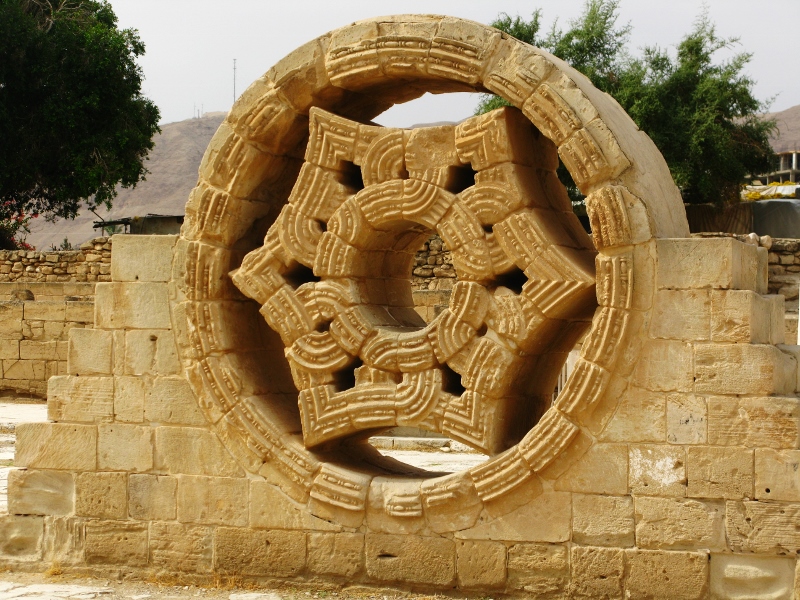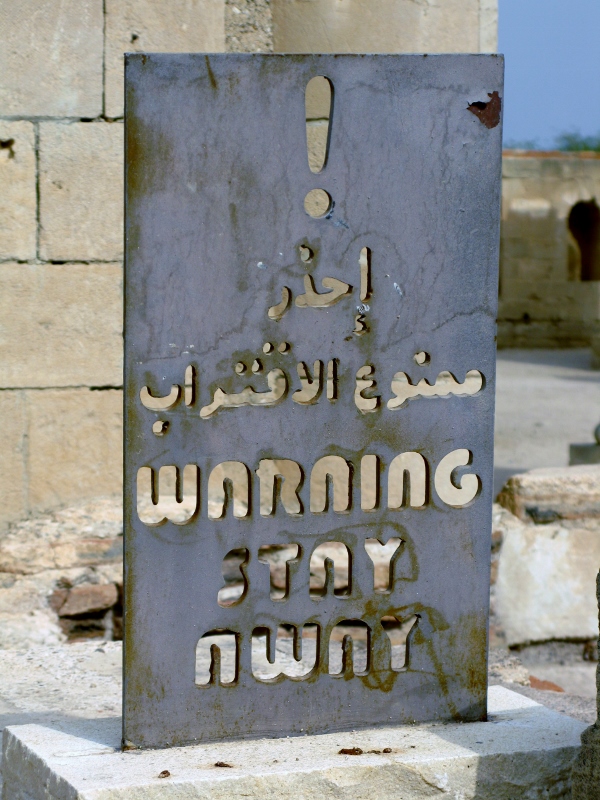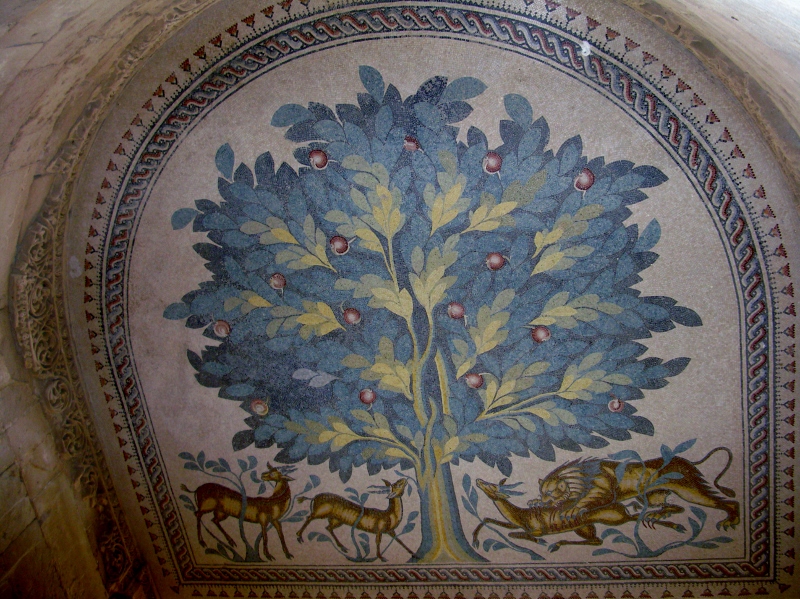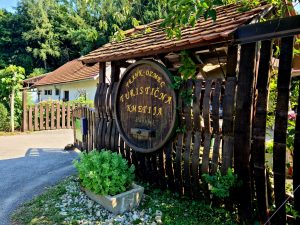For years, local builders had been helping themselves to the spoils of what has since been discovered to be an eighth-century desert castle. Hisham’s palace lies about 5 km north of Jericho in Palestine’s West Bank. It amuses me to think that houses built in the area prior to the excavation in the 1930s could well feature pieces of the palace.
I like old books, old furniture, old buildings and old people, but there’s something about archeology that doesn’t quite do it for me. Yes, of course I can appreciate that so much has survived the ages and I can appreciate the glimpse such finds offer us to the past. But I rarely get excited about unearthed ruins.
Hisham’s palace, while beautiful in a weird sort of way, has been firmly categorised as archeological in my mind. I wandered the grounds (which are eerily 260 metres below sea level) and saw the ancient carvings. I admired how the Rosetta stone had been put back together. And I gave due credit to the inventive signage on display. I recognised the importance of the place in terms of history and have since read that the Global Heritage Fund, in its 2010 report Saving Our Vanishing Heritage, has included it as one of twelve worldwide heritage sites most ‘on the verge’ of irreparable loss and destruction. And were that to happen, it would be a shame.
For me, though, its magic lies in its mosaics. It is here that the world famous tree of life was discovered, a mosaic depicting the mythical tree with two deer grazing peacefully on one side of it, while a third deer is attacked by a lion on the other side. Those images certainly gave me something to think about.
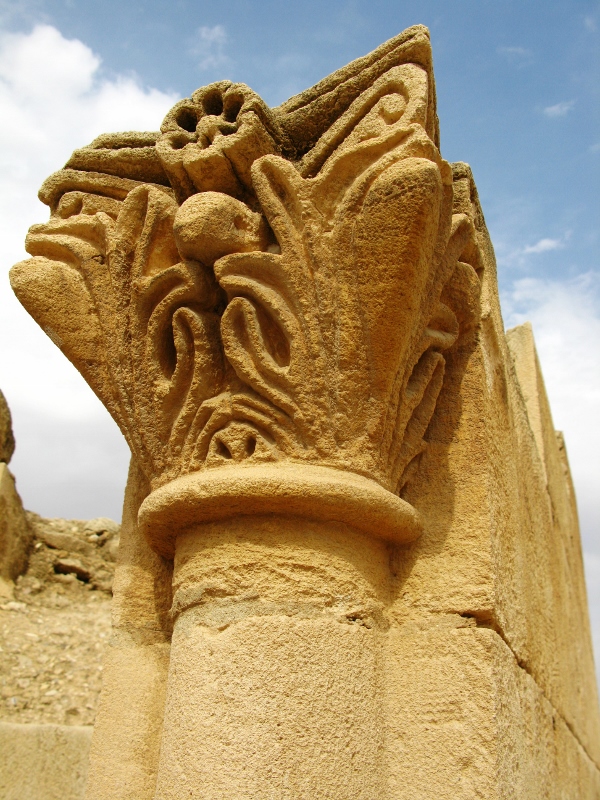
There are plans afoot to construct a 18-metre tall structure that will include walkways over the palace to shield the mosaics while at the same time allowing visitors to fully appreciate them. Work was supposed to start this year but I didn’t notice anything much going on. Award-winning Swiss architect Peter Zumthor is the man heading up what he calls an ’emotional reconstruction’. Once the rest of the mosaic floors are exposed, it’ll be on my list of places to revisit.
Share this:
- Click to share on X (Opens in new window) X
- Click to share on Facebook (Opens in new window) Facebook
- Click to share on Pinterest (Opens in new window) Pinterest
- Click to share on LinkedIn (Opens in new window) LinkedIn
- Click to share on Reddit (Opens in new window) Reddit
- Click to share on WhatsApp (Opens in new window) WhatsApp
- Click to share on Pocket (Opens in new window) Pocket
- Click to share on Telegram (Opens in new window) Telegram
- Click to email a link to a friend (Opens in new window) Email


